A Beginner’s Guide to Teardrop Trailer Camping

Looking to upgrade your camping game from tenting? Teardrop trailer camping might be the perfect solution for you!
Camping in general is becoming increasingly popular among young people, especially teardrop campers because they're a more affordable option than a full-sized RV.
Plus, teardrop trailers are easier to tow and maneuver than larger RVs. Whether you're looking to go on solo adventures or camp with a group of friends, teardrop trailer camping is a great option for anyone who loves spending time outdoors.
In this beginner's guide, we'll cover everything you need to know about teardrop trailer camping, from what to pack to where to find the best campsites. So grab your sleeping bag and get ready for some fun!

Teardrop trailers are an excellent choice for those who want to travel in comfort and style. Compared to other alternatives, teardrop trailer camping is relatively easy and convenient. And the two best things?
1) You can tow these small campers behind an SUV.
2) You aren’t restricted to campgrounds and national parks; you can go anywhere your trailer can!
There are several types of camping, such as backpacking, RV camping, setting up tents, and renting cabins. But in this article, we’ll be going over teardrop trailer camping and what makes it so interesting!
What is a Teardrop Trailer?

A teardrop trailer, or teardrop camper trailer, is a lightweight, streamlined caravan trailer with a teardrop profile, which is how it got its name.
Teardrop trailers first gained popularity in the 1930s, when DIY construction plans were published in magazines such as Mechanix Illustrated. As with anything, these days, retro and vintage are the new craze. This just so happens to be our favourite retro-turned-modern product because it brings us to the great outdoors.
Teardrop trailers are typically small, with widths ranging from 4 feet (1.22 m) to 6 feet (1.83 m). They have lengths ranging from 8 feet (2.44 m) to 10 feet (3.05 m) and 4 to 5 feet (1.22 to 1.52 m) tall.
Fenders usually cover the wheels and tires that are mounted outside the body. Because teardrop trailers are so light, typically weighing less than 1,000 pounds (450 kg), they can be towed by almost any car while consuming very little fuel.
The first teardrop designs used standard 4 by 8-foot (1.22 by 2.44 m) plywood sheets with hardwood spars. These campers were popular until the mid-1960s when they vanished suddenly. However, plans became available again in the late 1990s, and teardrop trailers have made a comeback, once again growing in popularity.
A teardrop trailer has space for two people to sleep as well as storage for clothes and other items. Outside, usually in the back under a hatch, is a galley for cooking. Some trailers have a small detachable toilet, too! The trailers typically have lighting and other electrical power supplied by a storage battery, though some, like regular travel trailers, have main power hookups.
Why Choose a Teardrop Trailer

Who doesn’t want a hassle-free camping experience? A teardrop camper doesn’t need the same preparation an RV needs. It also takes less packing than backpacking because you already have most things you need inside.
It can hold itself against intense weather and it's relatively affordable compared to other camping methods like van conversions. But the best part about camping with a teardrop trailer is you can tow is behind pretty much any vehicle. Have a minivan? Depending on the model of teardrop trailer, you can tow it! Have a Honda CRV? You can tow a teardrop trailer.
With the convenience of your camping gear staying in your trailer, all you have to do is toss on your hitch, hook up
What You Need to Know When Camping with a Teardrop Trailer

A teardrop camper trailer has the perks of easy accessibility and convenience, but if you're new to this, it can be overwhelming. To start with, here are some steps you need to know before heading off on an adventure with your new teardrop trailer.
Powering your Teardrop Camper

While small in size, teardrop campers' electric power capabilities can range from simple to sophisticated, depending on the amenities installed. Trailers can be powered by a variety of sources, including:
- Plug into a local power supply at a campground or other location to use electrical outlets for things like kitchen appliances and air conditioning.
- Solar panels: these can be attached to the roof or packaged as portable units and recharge your battery during daylight.
- Deep cycle batteries, such as AGM and LiFePO4 batteries, are available in a variety of sizes and capacities to meet a wide range of power requirements.
- Gas-powered generator: When camping off-grid, another option for powering camper components is to use a gas-powered generator.
- Vehicle connection: a trailer connected to a tow vehicle via proper wiring will assist in recharging your battery while driving.
Dealing with bad weather conditions
Teardrop campers are known to withstand bad weather conditions. Rain, snow, and wind may make it difficult to enjoy the outdoors, but you can always curl up in your cozy teardrop.
However, cooking in this type of weather may be the most difficult aspect of teardrop camping. When the hatch is open, most teardrop models include a kitchen galley that provides valuable overhead protection, while the soft side wings block side wind and rain.
Because it is located in the back, you will have to brave the elements to some extent. Fortunately, simple set-up shelters are available to help cover the entire kitchen so you can stay dry and safe.
What about bathrooms?
Most teardrop trailers have almost everything you need for a camping trip, though a proper bathroom isn't always included. Thankfully, there are several solutions to this. Many teardrop camper owners, for example, prefer to camp near a restroom or bathhouse at the campsite.
If you want your own toilet and shower there are a few products on the market that can help relieve the stress of not having access to a bathroom such as this toilet or this shower, quite common for campers and very handy.
Helpful Tips when Driving with a Teardrop Trailer
Teardrops are great because they are lightweight but at the same time spacious. Almost any vehicle with a hitch can tow a teardrop trailer as long as the tow rating exceeds the trailer's weight. You can do the following to ensure that the teardrop is easily towable behind your specific vehicle:
Don't overdo it. If you've never towed anything behind your vehicle before, start slowly. Travel at or below posted speed limits for your own safety as well as your passengers.
Backing up a trailer can be difficult for beginners, so practice in your driveway or an empty parking lot before your fully head off.
Check your connections twice: make sure the hitch is properly secured, the safety chains are crossed and connected, and your lights are working. Make sure your brakes, blinkers, and lights are all working properly so you don’t need to worry about it when driving.
When loading your camper, keep cargo weight in mind and never overload your trailer or vehicle. Towing with too much or too little weight can lead to dangerous towing behaviour.


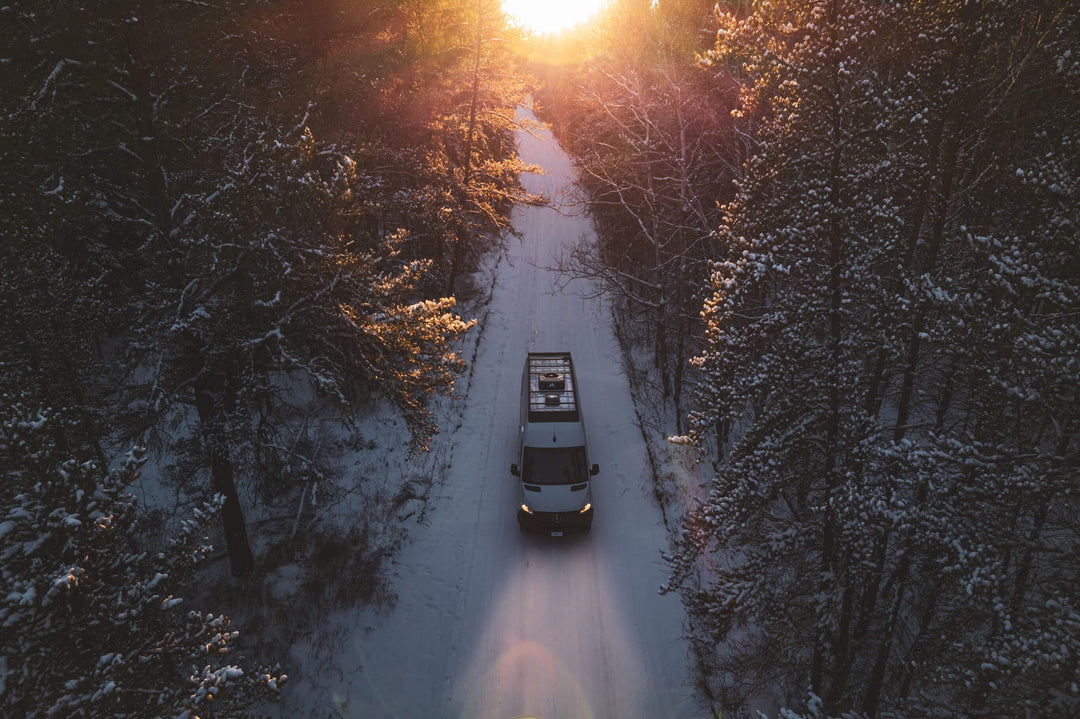
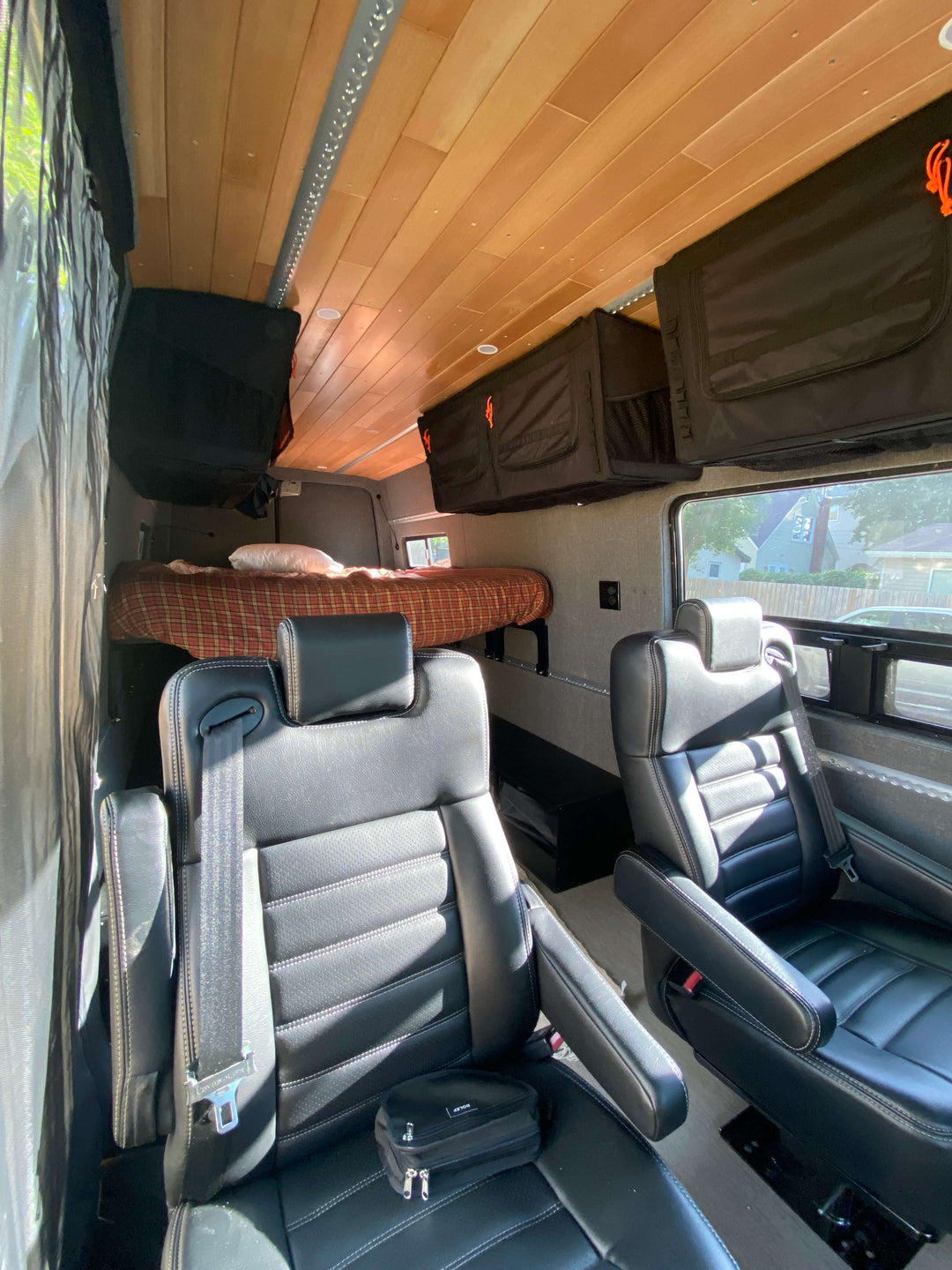
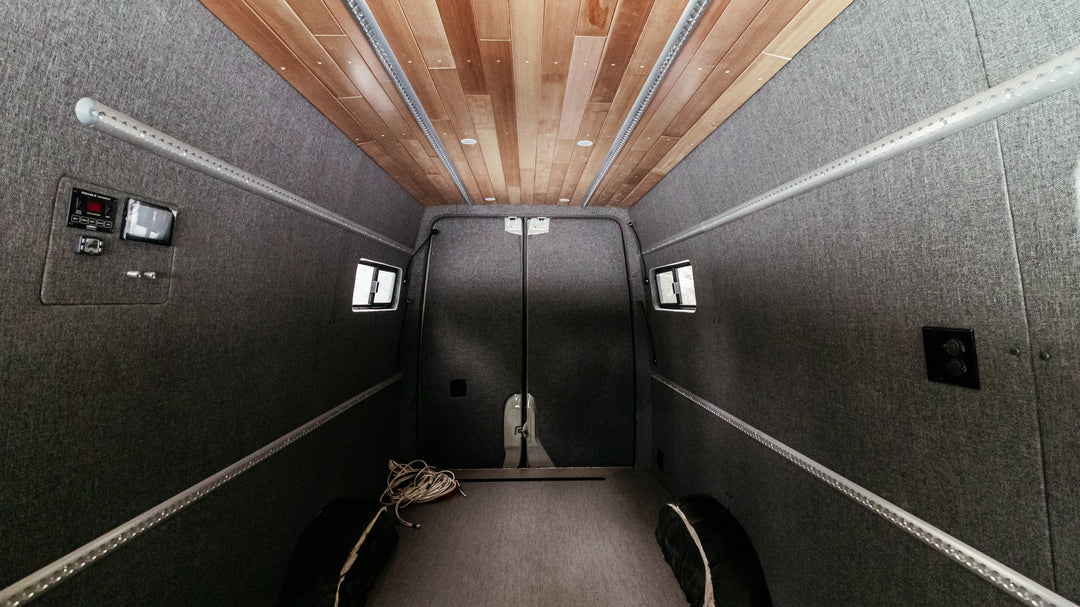
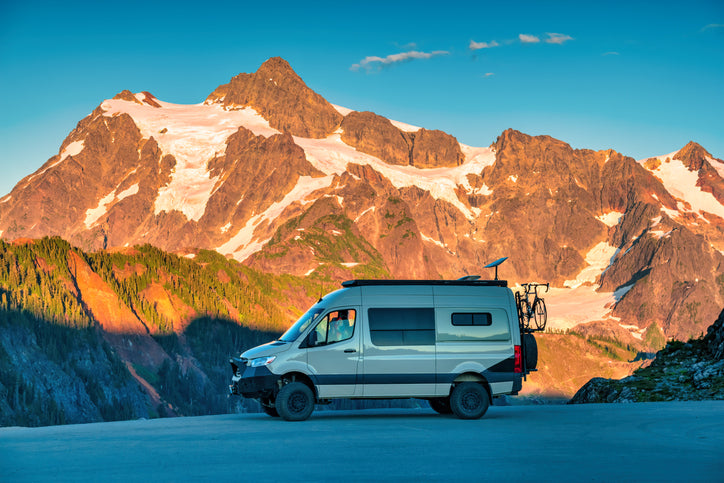
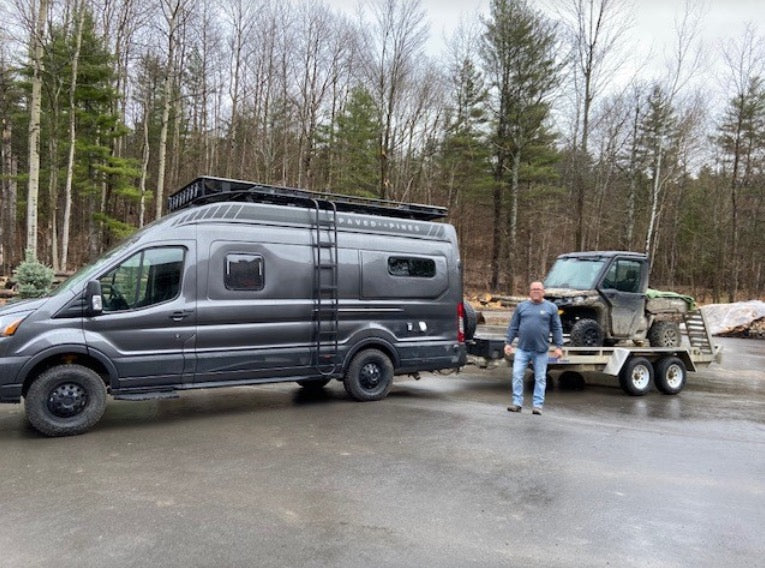

Leave a comment